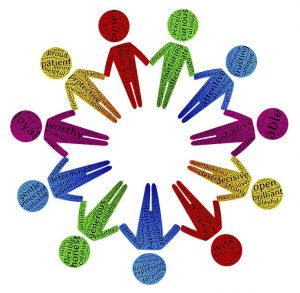 While I know some of you will disagree, your feelings of disappointment in another person generally have nothing to do with the other person and everything to do with you. Saying “YOU disappointed ME” is not only a morale-killer, but it backfires and reveals more about you than anyone else. Whether in a personal or professional setting these words speak to how you handle life when things invariably don’t go the way you had hoped.
While I know some of you will disagree, your feelings of disappointment in another person generally have nothing to do with the other person and everything to do with you. Saying “YOU disappointed ME” is not only a morale-killer, but it backfires and reveals more about you than anyone else. Whether in a personal or professional setting these words speak to how you handle life when things invariably don’t go the way you had hoped.
Avoid accountability
First, and actually the most important — as the manager, you own the work of people who report to you. Their work is your achievement or lack thereof. If they have not delivered a quality product, it is your responsibility to help them figure out why. It is not your job to point fingers, deflect blame, and pronounce that the failure was somehow an inherent part of their being.
Show disrespect
You do not see your employees as colleagues working together toward a shared goal, and you are not showing appreciation for their effort. Your words reveal an out of place parent-child dynamic, in which the focus has become your approval rather than the work itself.
Ignore learning
These words have such a sense of finality that they would bring anyone to a crushing halt. You essentially show a lack of faith that the other person can change and grow from the experience.
You also make them question their own competence in the job.
Condemn quickly
You think that you are maintaining high standards, but you show that you are a harsh judge of people who are simply trying their best. Disappointment should be a last resort and should be reserved only for people who do not, repeatedly, give their full effort.
Display insecurity
You think you are calling out the other person’s shortcomings, but if you dig deep, you will find you are mainly disappointed in your own effort.
Your expectation did not match up with the reality of the situation, and in frustration, you blamed someone else.
Reserve the word “Disappointed” for situations where it is no one’s fault. “I am disappointed that the Company picnic got rained out” or “I am disappointed that the flight got delayed and we missed the presentation” In these situations, everyone is empathic and agrees. It puts into words what many people are feeling and can unite a team.


